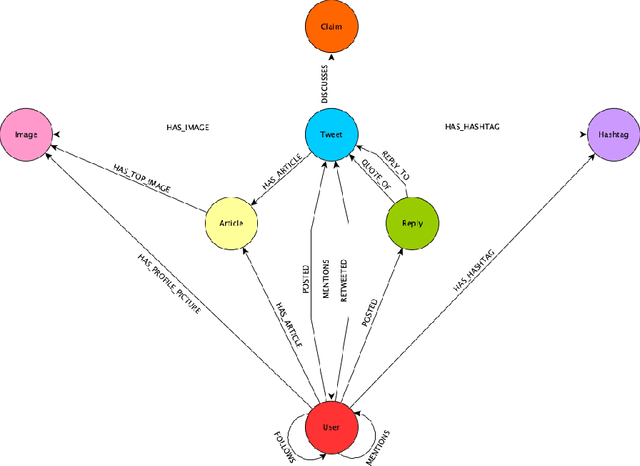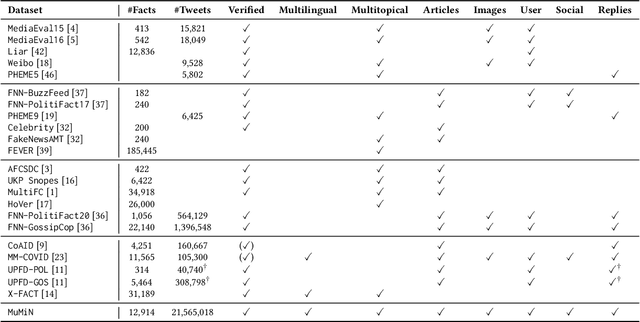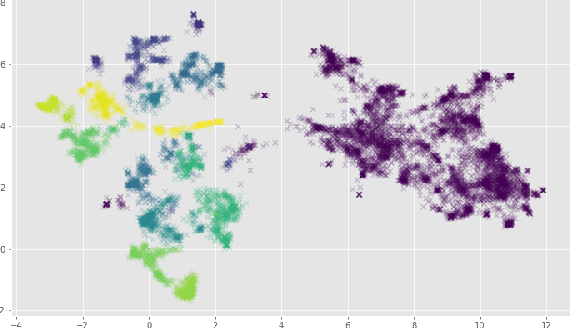MuMiN: A Large-Scale Multilingual Multimodal Fact-Checked Misinformation Social Network Dataset
Paper and Code
Mar 08, 2022



Misinformation is becoming increasingly prevalent on social media and in news articles. It has become so widespread that we require algorithmic assistance utilising machine learning to detect such content. Training these machine learning models require datasets of sufficient scale, diversity and quality. However, datasets in the field of automatic misinformation detection are predominantly monolingual, include a limited amount of modalities and are not of sufficient scale and quality. Addressing this, we develop a data collection and linking system (MuMiN-trawl), to build a public misinformation graph dataset (MuMiN), containing rich social media data (tweets, replies, users, images, articles, hashtags) spanning 21 million tweets belonging to 26 thousand Twitter threads, each of which have been semantically linked to 13 thousand fact-checked claims across dozens of topics, events and domains, in 41 different languages, spanning more than a decade. The dataset is made available as a heterogeneous graph via a Python package (mumin). We provide baseline results for two node classification tasks related to the veracity of a claim involving social media, and demonstrate that these are challenging tasks, with the highest macro-average F1-score being 62.55% and 61.45% for the two tasks, respectively. The MuMiN ecosystem is available at https://mumin-dataset.github.io/, including the data, documentation, tutorials and leaderboards.
 Add to Chrome
Add to Chrome Add to Firefox
Add to Firefox Add to Edge
Add to Edge